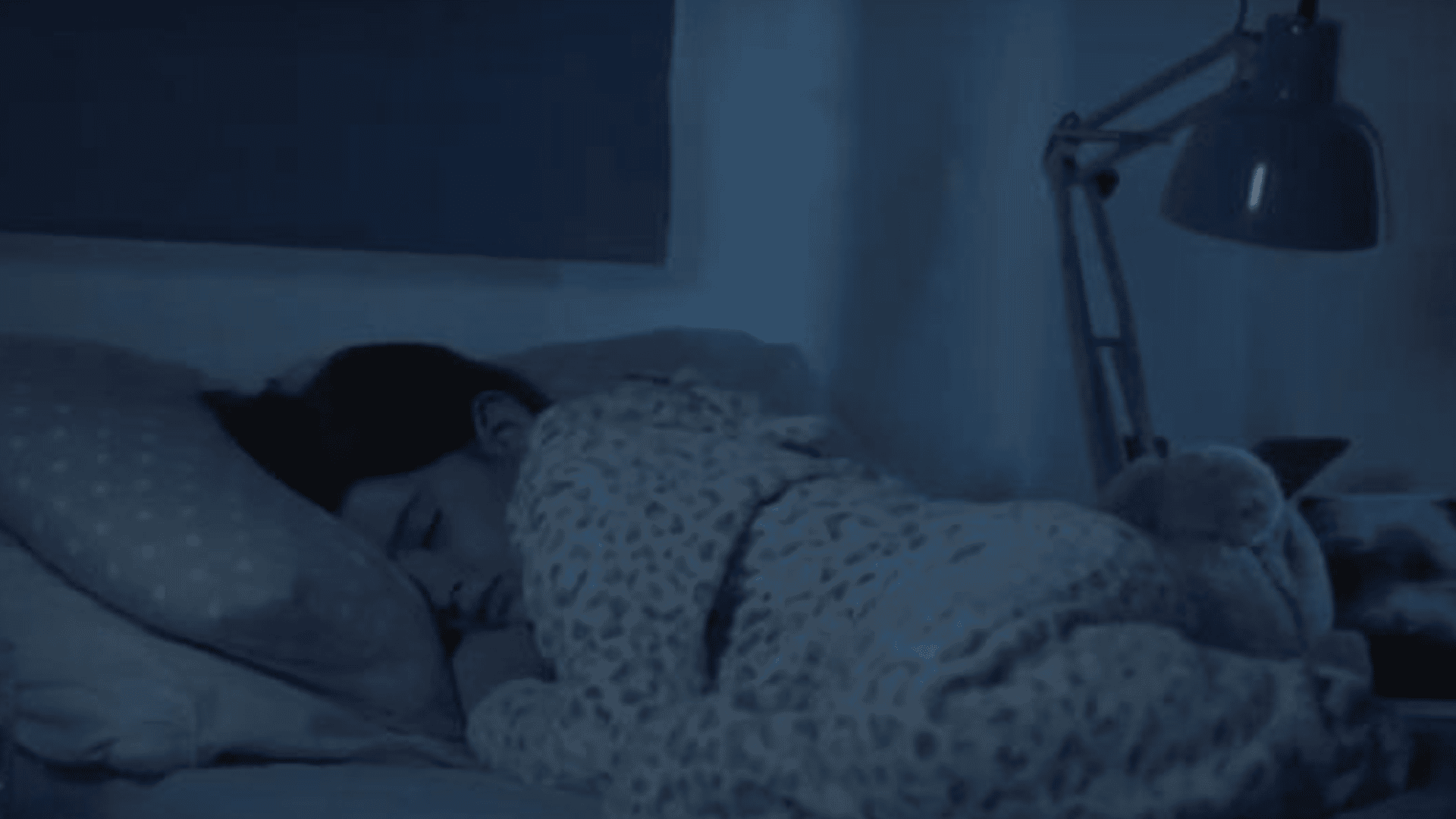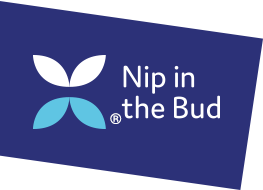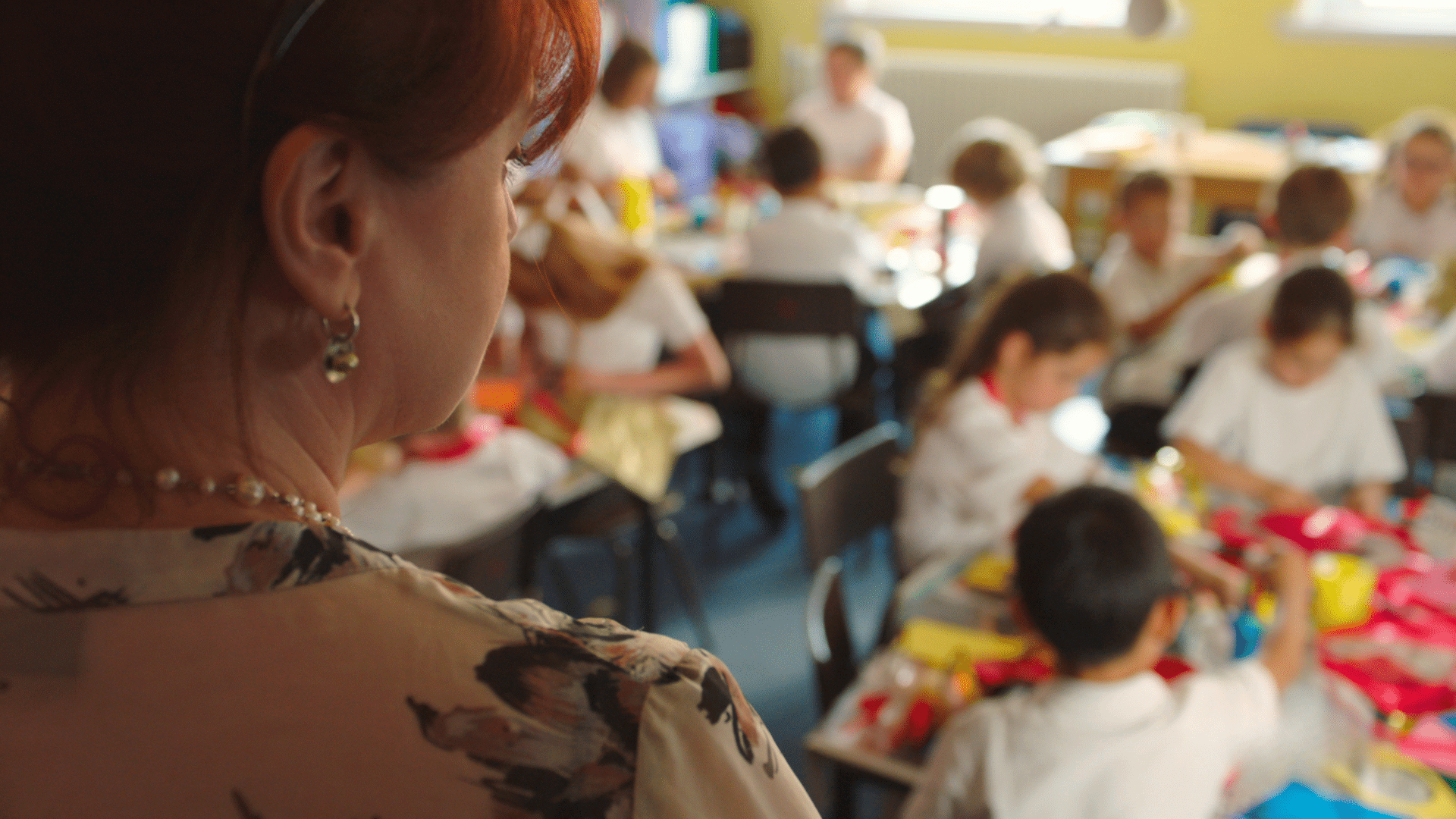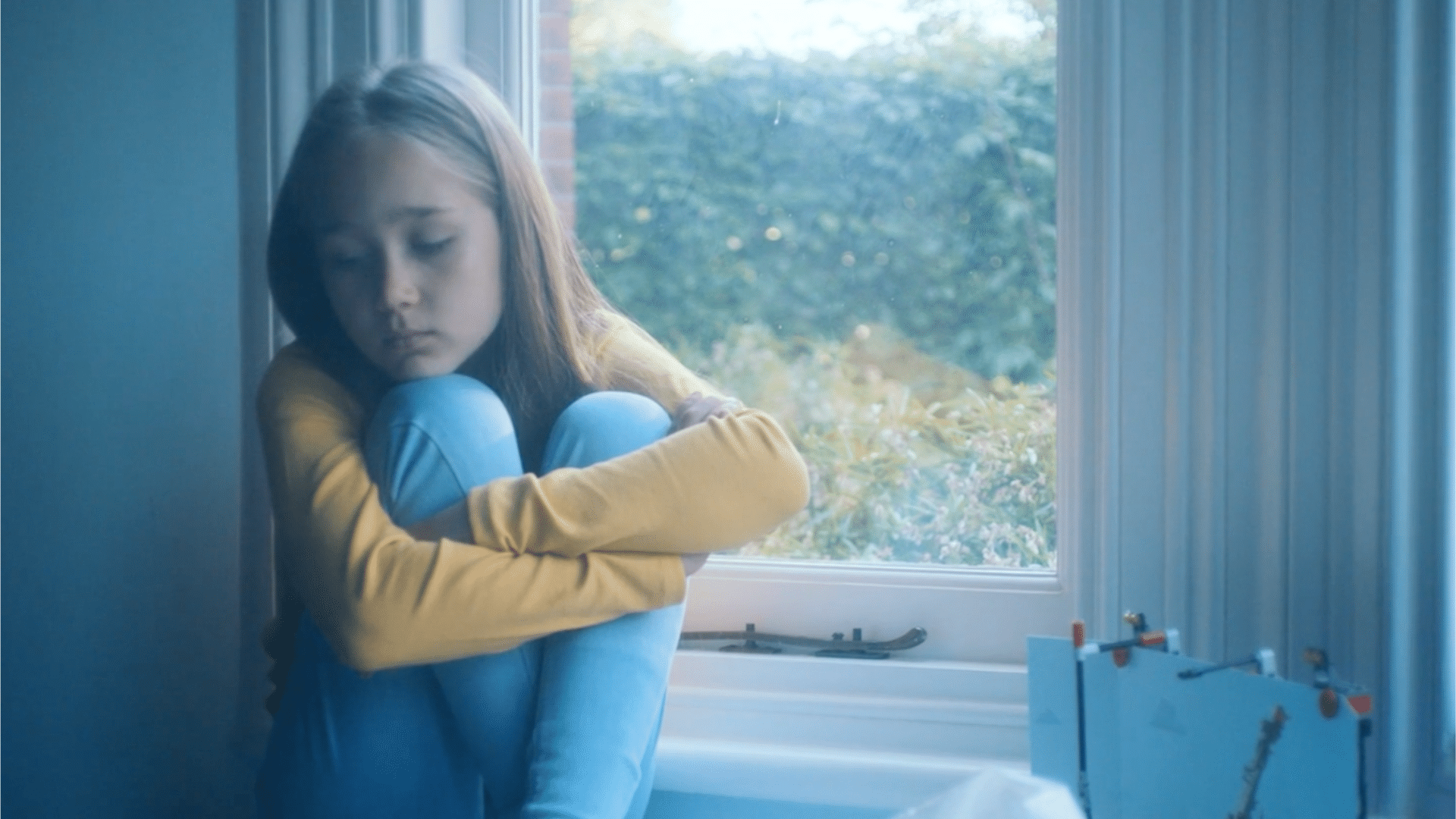
As we enter our fourth week of lockdown in the UK, managing children’s anxiety about Coronavirus is more important than ever. Anxiety disorders are one of the most common mental health problems identified in children. Estimates of the rates of prevalence vary greatly from 8% to 27% lifetime prevalence by age 18.
Chronic anxiety disorders are associated with increased risk of other serious mental health problems in later life.
Understanding children’s anxiety about Coronavirus:
Fears and worries are a normal part of child development and the content of fears will change according to the individual’s developmental stage. Anxiety disorders occur when the intensity of the fear or worry is so high that it starts to impact on the child’s functioning and well-being.
The Coronavirus outbreak and subsequent lockdown of the UK, including closure of schools, shops and restaurants, has affected us all. As adults, we may be suffering from our own anxieties related to the pandemic. Children may not have the understanding, context or tools to express their feelings and fears about the situation. Therefore, it’s important that we, as adults, are equipped to listen, understand, empathise and reassure children if we spot any signs of anxiety or distress.
Symptoms of children’s anxiety about Coronavirus:
- Physiological symptoms: such as heart beating faster, sweating, shortness of breath, tension in muscles, shakiness, nausea, headaches.
- Avoidance: if your child is reluctant to engage in homeschooling activities or doesn’t want to join in on video chats with their peers, it might be that they’re finding it difficult to adjust to the changes around their regular school routine.
- Safety behaviours: developing routines or specific ways of doing things, seeking constant reassurance from parents or caregivers and needing to keep certain items with them at all times could be signs of children’s anxiety about Coronavirus.
- Tantrums/behavioural outbursts: these may be frequent, severe, and appear out of context with the situation. The child may find it difficult to name what is making them angry or distressed and may direct aggression towards primary caregivers.
- Problems with sleep, including nightmares: worrying at bedtime can be very common for children and young people as this is often a time when there are fewer distractions for their worries. They may wake in the night or request to sleep in the parent’s room with the light on.
- Separation from adults: children may feel safer with adults who are perceived as being able to cope if fears come true. They may become clingy and not want to separate from caregivers.
- Illness: young people may confuse the physiological symptoms of anxiety as signs of illness, for example, tummy aches and developing a fear of being sick.
Seeking help for children’s anxiety about Coronavirus:
You may not need to refer immediately to a healthcare professional if the anxiety is mild.
Instead, keep an eye on the child and offer support, reassurance and comfort. If the symptoms persist or grow worse, contact your GP to discuss whether a referral to a mental health professional would be beneficial.
Information for children about anxiety and Coronavirus:
Here are a few resources that can help children who are suffering from anxiety about Coronavirus, and those with more generalised anxiety disorders.
- Video – an introduction to anxiety disorder, this video provides information about anxiety in children, such as the causes, symptoms and treatment options.
- Real-life accounts – young people discuss their own experiences of anxiety and explain how this has affected their daily life.
- Covibook – Manuela Molina created this short book to support and reassure children under the age of 7 regarding the COVID-19. This book is an invitation for families to discuss the full range of emotions arising from the current situation.
- Coronavirus – a book for children – with illustrations by Axel Scheffler, illustrator of The Gruffalo,
This is a digital book for primary school age children. It’s free for anyone to read on screen or print out and provides information about the Coronavirus and measures taken to control it.
About Nip in the Bud:
Our films illustrate the behaviours common in different mental health conditions in children, along with explanations and information on how to follow up and get help.
The films are accompanied by downloadable fact sheets explaining the symptoms to look out for, to spot early signs of distress which may require further monitoring.





